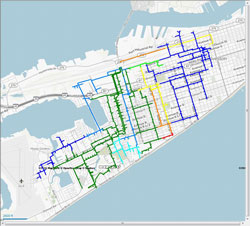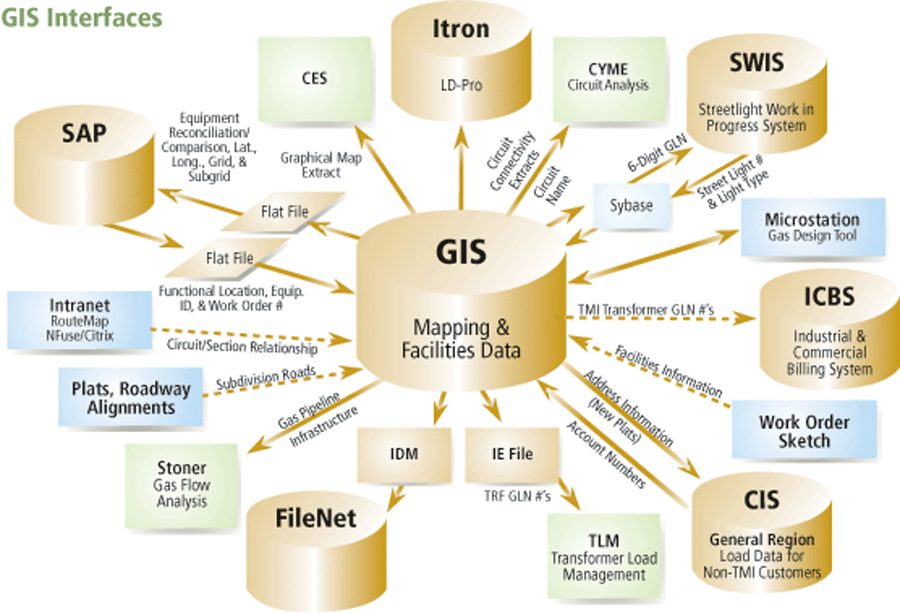


Remote fault indicators, distributed generation, demand response and dozens of other technologies are impacting the grid. Since there was little real-time operation, this worked well and each business area had direct control of the data they managed.įast-forward to the current decade and grid operations has (or will depending on where you are) changed drastically. The grid model was transferred into both the Geographic Information System (GIS) and the Outage Management System (OMS), and in many cases individual circuits were placed in the modeling tools like CYME and Synergy. Transformer to meter relationships went into the Customer Information System (CIS) for instance, information on assets ended up in asset management systems and so forth. Over the next 50 years, the industry made a large number of decisions regarding data location that did not fit in the grid model. The model only had to be as accurate as the engineers, planners and field personnel needed. The system was set up to build it and forget it.

After all: what more did the industry need? There were no sensors, no controls, and no generation on those circuits phase imbalance was handled by moving a transformer from one set of connections on the feeder to another. Transformers were typically denoted at the end of each lateral without regard to actual placement or connectivity to customers. In the future, all of the analytics, automated restoration, transactive energy and other changes to operations will rely on one key foundation: the underlying grid model and its accuracy.īack in the 1960’s, the grid model was a single line drawing that was done with a T-square on a drafting board.


 0 kommentar(er)
0 kommentar(er)
